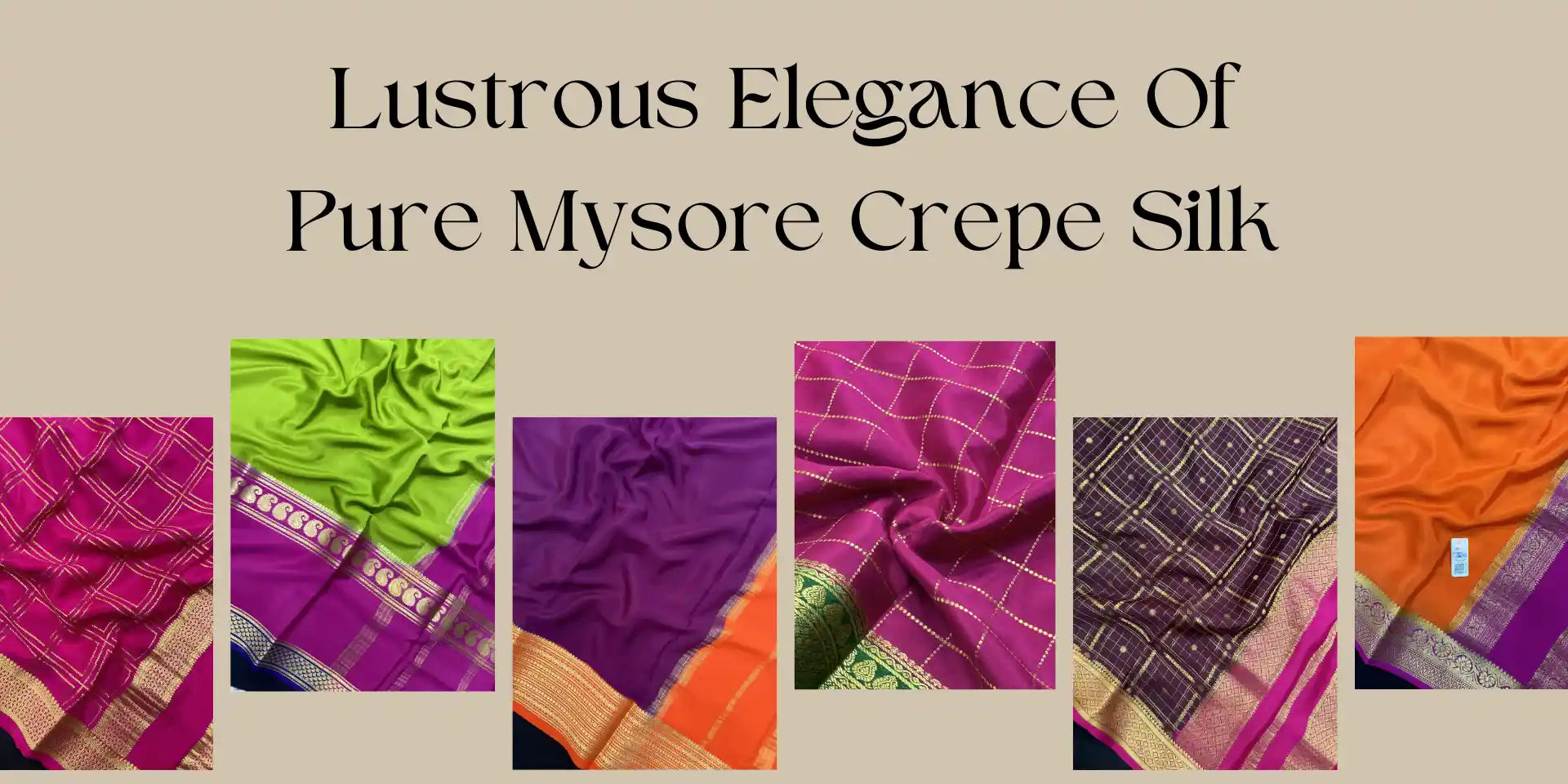History and Evolution: The origins of sarees can be traced back to the Indus Valley Civilization (3300-1300 BCE), where archaeological evidence suggests the existence of simple garments similar to sarees. Over time, as various dynasties and cultures influenced India, the saree evolved, adopting new weaving techniques, designs, and patterns. The Mauryan Empire (321-185 BCE) saw the introduction of cotton sarees, while the Gupta Empire (320-550 CE) witnessed the rise of silk sarees. Throughout history, sarees have been a significant part of Indian fashion, reflecting the changing tastes and styles of different eras.
Types and Regional Variations: Indian sarees come in a wide array of fabrics, designs, and weaving techniques, each representing the unique cultural identity of the region. Some popular types include:
a. Cotton Sarees: Known for their lightweight and breathable nature, cotton sarees are widely popular in India. Examples include Madras sarees from Tamil Nadu, Mysore sarees from Karnataka, and Bandhani sarees from Rajasthan.
b. Silk Sarees: Renowned for their luxurious feel and shine, silk sarees are a symbol of elegance and sophistication. Some famous silk sarees include Banarasi sarees from Varanasi, Kanjivaram sarees from Kanchipuram, and Paithani sarees from Maharashtra.
c. Georgette, Chiffon, and other synthetic sarees: These modern fabrics offer a lighter and more comfortable alternative to traditional sarees. Examples include crepe sarees, organza sarees, and georgette sarees.
Weaving Techniques: Indian sarees are known for their intricate weaving techniques, some of which have been passed down through generations. Some traditional weaving techniques include:
a. Jamdani: Originating from West Bengal and Odisha, Jamdani weaving is known for its fine muslin fabric and intricate floral patterns.
b. Kani: The Kani weaving technique from Andhra Pradesh and Tamil Nadu involves using a frame loom to create intricate designs with bright colors and geometric patterns.
c. Kalamkari: This ancient hand-painted textile art from Andhra Pradesh features natural dyes and depicts mythological stories, flora, and fauna.
Cultural Significance: Sarees hold immense significance in Indian culture, worn during various occasions like weddings, festivals, and religious ceremonies. They symbolize the wearer's elegance, grace, and cultural identity. Different saree types are also associated with specific events or regions. For example, Banarasi sarees are popular for weddings, while Kanjivaram sarees are worn during festivals like Pongal and Diwali.
Artistic Expression: Indian sarees showcase a wide range of designs, patterns, and motifs that reflect the region's history, mythology, and natural elements. Some popular designs include paisley, floral, animal, and geometric patterns. Sarees also feature zari (gold or silver thread) work, embroidery, and block printing, adding to their aesthetic appeal and cultural significance.
Geographical Indications: Many Indian sarees have been granted geographical indications, ensuring the authenticity and quality of these traditional textiles. Some examples include:
a. Banarasi Sarees: Known for their intricate designs, zari work, and silk fabric, Banarasi sarees are synonymous with the city of Varanasi in Uttar Pradesh.
b. Kanjivaram Sarees: Handwoven in Kanchipuram, Tamil Nadu, these sarees are renowned for their rich colors, heavy borders, and traditional temple motifs.
c. Paithani Sarees: Originating from Maharashtra, Paithani sarees are known for their exquisite silk fabric, heavy zari work, and intricate pallu designs.
Global Recognition: Indian sarees have gained worldwide recognition for their beauty, craftsmanship, and cultural significance. They are celebrated in fashion events, museums, and art galleries across the globe. Indian designers have also incorporated modern elements and international trends into traditional saree designs, making them relevant and appealing to a global audience.
In conclusion, Indian sarees are a testament to the country's rich cultural heritage, diverse craftsmanship, and artistic expression. From their historical origins to the intricate weaving techniques, cultural significance, and global recognition, sarees continue to captivate people's hearts and minds. As a symbol of elegance and grace, they will undoubtedly remain an essential part of India's cultural identity for generations to come.




